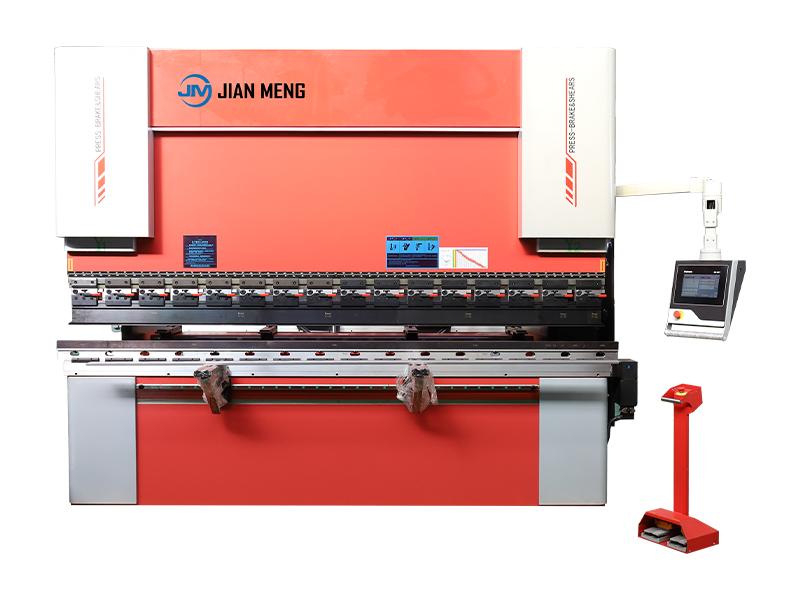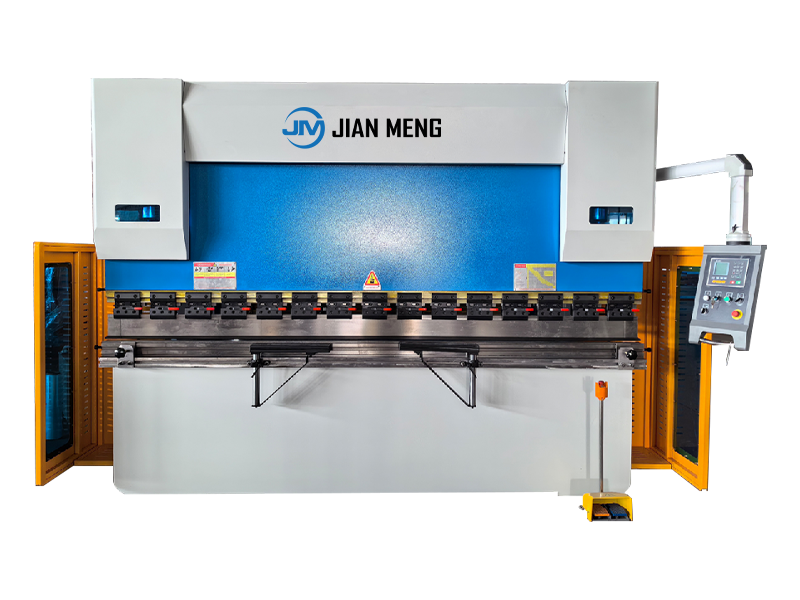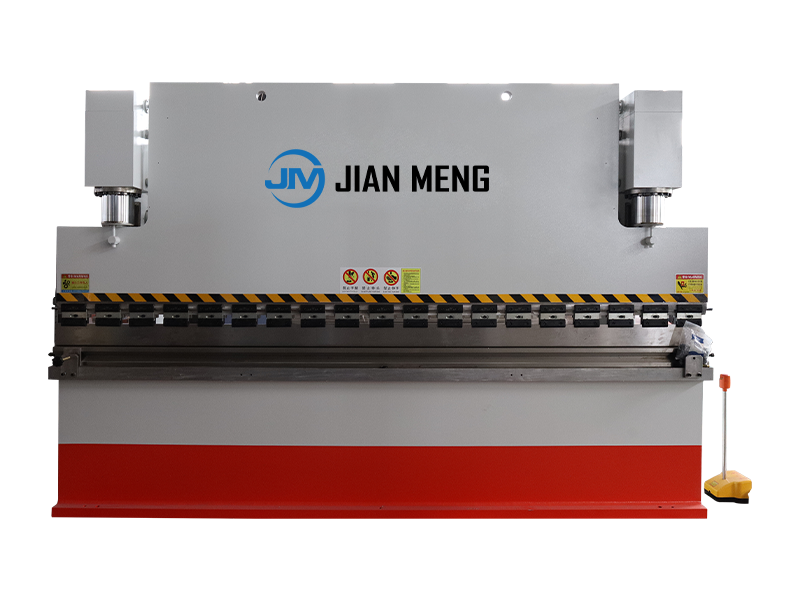A shrinker stretcher is a dual-function metalworking tool that enables precise shaping of sheet metal via two complementary processes: shrinking (reducing material length/surface area to create concave curves) and stretching (elongating material to create convex curves). Unlike welding or cutting, it relies on controlled plastic deformation to preserve material integrity, making it indispensable for automotive bodywork, aerospace restoration, custom fabrication, and marine hull shaping. This guide provides a technical, step-by-step framework for using a shrinker stretcher effectively—from setup and material preparation to advanced shaping techniques—with a focus on safety, precision, and tool longevity.
1. Pre-Use Fundamentals: Tool Overview & Safety
Before operation, it is critical to understand the tool’s design, compatible materials, and safety protocols to avoid damage to the workpiece, tool, or operator.
1.1 Tool Components
- Dual Jaws: Two sets of serrated or textured jaws (one for shrinking, one for stretching) that grip the metal. Shrinker jaws move inward to compress material; stretcher jaws move outward to pull material.
- Drive Mechanism: For manual models, a lever/ratchet system converts operator force into jaw movement; pneumatic/hydraulic models use air/fluid pressure (6–10 bar for pneumatic, 10–30 MPa for hydraulic) for automated force application.
- Mounting Base: A rigid frame to secure the tool to a workbench (critical for stability during force application).
- Interchangeable Jaw Inserts: Optional smooth or serrated inserts tailored to material type (e.g., smooth inserts for soft aluminum to avoid marring; serrated inserts for steel to prevent slippage).
1.2 Material Compatibility
Shrinker stretchers work exclusively with ductile metals (able to undergo plastic deformation without cracking). Suitable materials include:
| Material Type | Thickness Range | Key Considerations |
|---------------------|-----------------|-------------------------------------------------------------------------------------|
| Mild Steel (A36) | 0.5–3 mm | Use serrated jaws; requires moderate force (avoid over-shrinking to prevent wrinkling). |
| Aluminum (6061/5052)| 0.3–2.5 mm | Use smooth jaws to prevent surface damage; lower force required (aluminum has lower yield strength). |
| Stainless Steel (304)| 0.5–2 mm | Use high-tensile serrated jaws; may need hydraulic force for thicker gauges. |
Avoid: Brittle metals (cast iron, high-carbon steel >0.6% carbon) or non-metals (plastics, composites)—these will crack or shatter under force.
1.3 Safety Protocols
- Personal Protective Equipment (PPE): Mandatory safety glasses (to shield from metal shavings), leather gloves (to prevent cuts from sharp edges), and closed-toe shoes.
- Tool Stability: Secure the mounting base to a heavy-duty workbench (minimum 50 kg weight) using bolts—unsecured tools can shift during operation, causing uneven shaping or injury.
- Force Limitation: For manual models, do not use cheater bars (extensions to the lever) to amplify force—this can bend the tool’s frame or damage jaws. For pneumatic/hydraulic models, never exceed the manufacturer’s recommended pressure rating.
2. Step 1: Tool Setup & Preparation
Proper setup ensures consistent results and prevents tool/workpiece damage. Follow these steps:
2.1 Select & Install Jaws
1. Match jaw type to your task and material:
- Shrinking: Use jaws labeled “shrinker” (typically narrower, with inward-facing serrations).
- Stretching: Use jaws labeled “stretcher” (wider, with outward-facing serrations).
- Material-Specific Inserts: For soft metals (aluminum, brass), install smooth jaw inserts to avoid marring; for steel, use serrated inserts for maximum grip.
2. Secure jaws to the tool using the manufacturer’s fasteners (usually hex bolts)—ensure they are tightened to the specified torque (typically 15–20 N·m) to prevent movement during operation.
2.2 Mount the Tool
1. Position the tool on a workbench so the jaws are at elbow height (90–100 cm from the floor) to reduce operator fatigue.
2. Align the mounting base with pre-drilled holes in the workbench (or drill new holes if needed).
3. Secure the base with Grade 8 bolts (minimum 8 mm diameter) and lock washers—tighten until the tool is immobile.
2.3 Prepare the Workpiece
1. Clean the Metal: Remove rust, oil, or debris using a wire brush or isopropyl alcohol—contaminants can cause jaws to slip or damage the metal surface.
2. Mark the Shaping Zone: Use a permanent marker or scribe to outline the area to be shrunk/stretched (e.g., a 10 cm section along the edge of a sheet for a curved fender).
3. Deburr Edges: Use a file or sandpaper to smooth sharp edges—this prevents cuts and ensures even jaw contact.
3. Step 2: Using the Shrinker Function (Concave Curves)
The shrinker compresses metal to reduce its length, creating inward (concave) curves (e.g., automotive wheel arches, aircraft fuselage indentations). Follow this technical workflow:
1. Jaw Alignment: Open the shrinker jaws fully using the lever (manual) or pressure release valve (pneumatic/hydraulic). Position the marked edge of the metal sheet between the jaws—ensure the metal is centered and extends 5–10 mm beyond the jaws (this prevents the edge from slipping out).
2. Initial Grip: For manual models, squeeze the lever gently to close the jaws until they make firm contact with the metal (do not apply full force yet). For pneumatic/hydraulic models, activate the pressure slowly (to 20–30% of maximum) to secure the metal.
3. Incremental Shrinkage:
- Manual: Apply steady, even force to the lever (10–15 kg of force for steel, 5–10 kg for aluminum) to move the jaws inward by 1–2 mm per squeeze. Use a ratchet (if equipped) to lock jaws in place between squeezes for consistent pressure.
- Pneumatic/Hydraulic: Increase pressure in 1-bar (pneumatic) or 2-MPa (hydraulic) increments, holding each for 2–3 seconds to allow the metal to deform.
4. Workpiece Inspection: Release the jaws and remove the metal. Use a contour gauge or straightedge to check the curve—ensure it matches your marked template. If the curve is too shallow, reposition the metal (shift jaws 2–3 mm along the marked zone) and repeat steps 2–3.
5. Avoid Over-Shrinking: Stop when the curve reaches 90% of the desired shape—metal retains slight “springback” (elastic recovery) after force is released. Over-shrinking causes wrinkling, which requires additional work to fix.
4. Step 3: Using the Stretcher Function (Convex Curves)
The stretcher pulls metal to elongate it, creating outward (convex) curves (e.g., marine hulls, custom hood bulges). The process mirrors shrinking but with key adjustments for tension:
1. Jaw Alignment: Open the stretcher jaws fully. Position the metal’s marked edge between the jaws—unlike shrinking, the metal should extend 10–15 mm beyond the jaws (stretching requires more material to pull without tearing).
2. Secure Grip: For manual models, squeeze the lever until jaws grip the metal tightly (serrated jaws should dig into steel slightly to prevent slippage). For pneumatic/hydraulic models, apply 30–40% of maximum pressure to lock the metal in place.
3. Controlled Stretching:
- Manual: Pull the lever with steady force (15–20 kg for steel, 8–12 kg for aluminum) to move jaws outward by 1–2 mm per stroke. Avoid sudden jerks—this can cause the metal to tear at the jaw interface.
- Pneumatic/Hydraulic: Increase pressure gradually (1-bar/2-MPa increments), pausing for 3–5 seconds after each adjustment to allow the metal to stretch uniformly.
4. Curve Validation: Remove the metal and check the convex curve with a contour gauge. If the curve is too flat, reposition the jaws 3–4 mm along the marked zone (stretching affects a wider area than shrinking) and repeat.
5. Prevent Tearing: Stop stretching if you notice “necking” (localized thinning of the metal)—this is a sign the material is approaching its ultimate tensile strength and will tear if force continues.
5. Step 4: Advanced Shaping Techniques
For complex shapes (e.g., compound curves, tight radii), combine shrinking and stretching with these professional techniques:
5.1 Compound Curves (Dual-Axis Shaping)
To create shapes with curves in two directions (e.g., an automotive door panel), alternate between shrinking and stretching:
1. First, stretch a 5 cm section along the sheet’s length to create a convex curve.
2. Rotate the sheet 90° and shrink a 3 cm section along the width to add a concave curve.
3. Repeat, adjusting the length/width of the shaped zones, until the compound curve matches your template.
5.2 Tight Radii (<10 mm)
For small curves (e.g., aircraft rivet pockets), use the “edge shrinking” method:
1. Trim the metal sheet to leave a 5 mm tab along the edge to be curved.
2. Insert only the tab into the shrinker jaws (avoid gripping the main sheet).
3. Apply 5–6 small squeezes to shrink the tab—this pulls the main sheet into a tight radius without wrinkling.
5.3 Correcting Mistakes
- Over-Shrinking (Wrinkles): Use the stretcher to gently pull the wrinkled area (apply 50% of standard stretching force) to smooth out folds.
- Over-Stretching (Thinning): Use the shrinker on the adjacent (unthinned) area to compress material and redistribute thickness.
6. Step 5: Post-Operation Maintenance
Proper maintenance extends the tool’s lifespan (5–10 years for manual models, 10–15 years for pneumatic/hydraulic) and ensures consistent performance:
1. Clean Jaws: After use, remove metal shavings from jaws using a wire brush. For serrated jaws, use a pick tool to clear debris from gaps.
2. Lubricate Moving Parts: Apply lithium grease to lever hinges (manual) or pressure valves (pneumatic/hydraulic) every 10 hours of use—this reduces friction and prevents rust.
3. Inspect for Wear: Check jaws for dulling (replace if serrations are flattened) and frame for bending (straighten with a hydraulic press if minor, replace if severe).
4. Store Properly: Cover the tool with a dust cloth when not in use. For pneumatic/hydraulic models, release pressure from the system to avoid seal damage.


 English
English  中文
中文  Arabic
Arabic  Russian
Russian  Spanish
Spanish  Portuguese
Portuguese  French
French  German
German  Hindi
Hindi  Thai
Thai  Vietnamese
Vietnamese  Khmer
Khmer  Italian
Italian  Turkish
Turkish  Korean
Korean  Belarusian
Belarusian 



